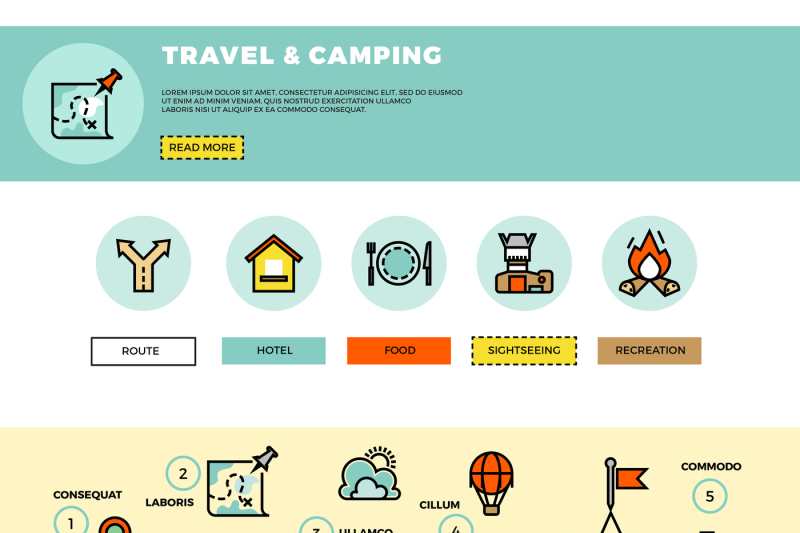The security of a camping tent depends heavily on well-tightened individual lines, which boost the structure's ability to stand up to wind and various other outside forces. They additionally promote air flow within the sanctuary, which can make a considerable difference in outdoor camping convenience and safety.
Person lines are generally constructed from sturdy, light-weight products like nylon and polyester. Several are likewise reflective to stop campers from tripping over them in low-light problems.
Beginnings
While the exact beginning of individual lines is unclear, the principle is timeless. Its origins can be traced back to the French word "guie," which at some point became the Dutch term, "gei.".
Man lines are cord, wire, or rope made use of to maintain structures like camping tents and poles by fastening one end to the structure and securing the various other end to the ground or other fixed factor. They give additional assistance past the ability of outdoor tents poles and stakes, especially in gusty settings.
In addition to offering added security, guy lines are instrumental in advertising correct tent ventilation. By assisting in the splitting up of a camping tent's rainfall fly from the internal tent body, they allow air to distribute easily throughout the framework, reducing condensation and preserving comfort for campers. They're additionally very easy to readjust, allowing users to tweak their stress according to the details conditions in which they're camping.
Functions.
Using durable cord and tensioners, person lines secure the edges and sides of an outdoor tents or tarp for stability and support in various weather. Maintaining them tight lowers textile sagging, improves living room and overall shelter efficiency. They also deflect snow or rain from building up and potentially damaging the product.
Most camping tents include man line loopholes located around the base and midway up the fly along the pole joints to achieve these functions. They additionally increase the structural honesty of non-freestanding camping tents by dispersing weight far from the tent body, which can be specifically vulnerable to windy atmospheres.
A reliable knot is vital for safeguarding the guy lines to the anchor factors; a bowline or clove drawback are perfect choices as they're both solid, quick to connect and permit adjustability. The proper tension is very important; the lines should be tight sufficient to develop a tight structure but not so tight that they're stressing or pulling on the add-on points.
Materials.
Normally made from a product like nylon or polyester, today's guy lines are frequently built from ultra-high-density polyethylene (UHMWPE). UHMWPE is a sturdy, high-tenacity fiber that is both water and UV-resistant. This makes it ideal for outdoor use, as it will certainly not break down or shed its toughness when exposed to moisture and severe UV rays.
Furthermore, it is normally abrasion-resistant and can take care of incredible quantities of tension. It is important that an outdoor tents's person lines be able to hold up against these forces in order to appropriately stabilize and safeguard the sanctuary, especially in gusty conditions.
For this reason, lots of modern outdoor and camping fanatics choose to acquire camping tents that utilize UHMWPE person lines. They can be easily secured and linked to support points using a range of methods, consisting of hooks, ties, or loopholes. When done properly, a camping tent's individual line will be tight and completely placed, offering essential security for the shelter. This is especially real for non-freestanding camping tents.
Installment.
If you discover that the roof covering canvas material of your camping tent or tarp isn't rather tight, or there are drooping locations on its walls, you most likely haven't protected the man lines. Those cord-like ropes that attach to loopholes on your rainfly or external outdoor tents wall and stake into the ground, guy lines are essential for boosting your outdoor camping experience by supplying important structural support.
They disperse the weight of the outdoor tents and tarp across the structure, raising security and avoiding sagging or damages as a result of unequal snow loads or winds. They also improve air-flow via the framework, decreasing condensation and enhancing total outdoor camping comfort.
To attach your individual lines, you'll require to identify the appropriate support points on your shelter and afterwards protect them with a strong knot. Knots that supply adjustability, such as a bowline or clove drawback, are preferred given that they permit you to tweak the tightness of your individual line, preserving a balance in between stability and staying clear of extreme strain on the textile.
